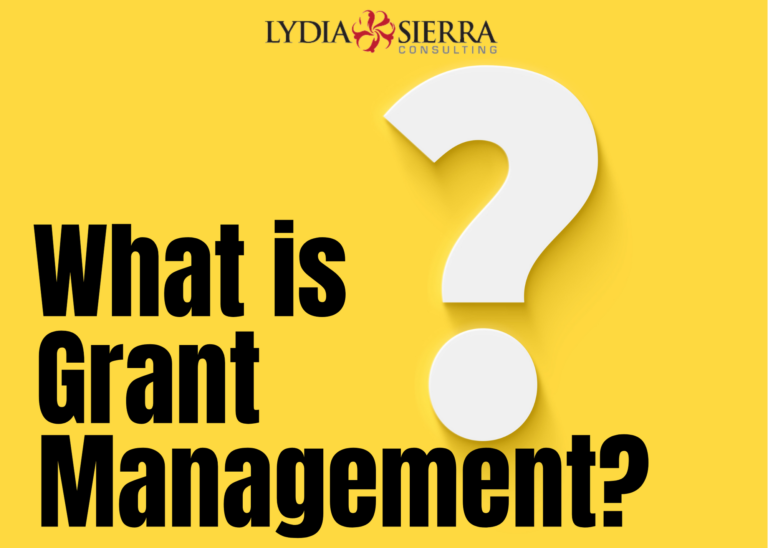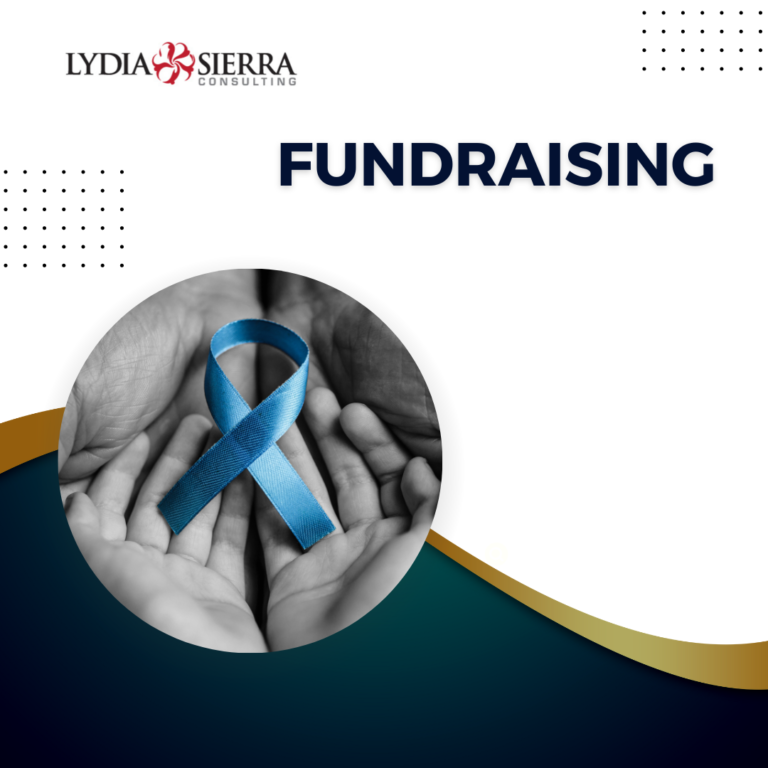In our latest blog, Six Things Nonprofits Should Be Doing to Prepare for the New Year, one of our recommendations was to start year-end fundraising sooner rather than later. Donors are inundated with asks at the end of the year, have their own planned giving, and are enjoying the hectic holiday time. The earlier in December folks read your appeal letter, the better the chances that they’ll make you a priority. Yet, as much as this is pragmatic advice about time management, it also has bigger implications for cultivating your donor base and engaging your Board and volunteers.
You know some of your donors are consistent, already giving monthly, quarterly, or annually. However, these wonderful sustaining donors often want to be in a deeper, mutual relationship with you and your organization. Even those who just want to support you financially become uncomfortable when left in the dark about what you’re up to. Many recurring donations drop off after months with no contact, or simply by forgetting to change their credit card or banking info in your donation platform. Once you notice the donation has dropped, it can be more challenging to get folks to sign back up, even if only due to the hassle of doing so.
Rather than hear about your new program or advocacy success in the news, donors want to hear it from you first. Do your sustaining donors receive regular updates, like an email newsletter? Do you share media coverage in a timely way? When was the last time you sent them a personal message to check in?
Just as you’re busy running your organization and pursuing your ambitious mission, your donors are busy balancing equally important life and career goals, their family and whatever may be going on in the world. Before your sustaining donors get an end of year appeal letter in the mail, they’ve hopefully received a recent update about successes, challenges, and news of the past year. Ideally, they’ve had a personal communication with your Executive Director, fund development staff, or Board member. From these relationships, you know whether to send them that appeal letter or not. Have they communicated that their ongoing donation is all they’re able to give? Are they excited about a new program, a capital campaign, or media coverage your organization earned? As in any relationship, it’s a two way street; money comes to your organization to support your vital work, and donors hope to receive gratitude, updates, and consideration.
One way to connect with current and prospective donors is to include something topical in your appeal letter. What’s the overarching theme of the year for your organization, leaders, staff, and clients? Are there big events happening that affect your work and life, that’s also impacting the lives of your donors? Donors want to feel connected to the leaders of your organization as well as those you serve. Connection to triumphs and struggles we may all be feeling, especially when they’re related to the focus of your work, go a long way towards validating your current donors, as well as compelling prospective ones!
Engaging Your Board and Volunteers
The annual appeal is also a great opportunity to engage your Board members and volunteers in fund development. Even deeply engaged and passionate Board members can be skittish about asking for money, and volunteers may have negative or no experience with fundraising, especially if they’re low-income, Black, Indigenous, people of color, or otherwise marginalized.
The annual appeal is a low-stakes opportunity for Board members and volunteers to help the organization raise money, with limited fear of rejection (rarely will folks return their letters with an explicit “no!”). There are lots of concrete tasks folks can help with, from editing the letter or adding personal testimony, to stuffing envelopes, writing personal notes or addresses.
These tasks take longer when you engage others to help, rather than doing it all yourself. But it’s worth it. So build in the time to run your year-end appeal properly, and not only will you likely get increased recurring donations and new one-time or sustaining donors, you may also have newly dedicated volunteers, as well as Board members willing to try some more grassroots fundraising tactics!
Book a 30-minute session to learn more about our tailored services. Schedule a consultation.







